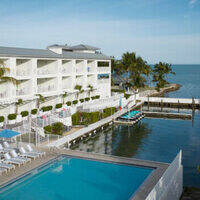| 21° 44' 9.96'', -79° 59' 42.72'' | |
| (53 41) 99 6205 | |
| www.nauticamarlin.com |
You might also consider...


About
Trinidad has no hotels and cobblestone streets with plenty of paladars and cultural treasures…
Trinidad is one of Cuba’s earliest settlements and it's status as a UNESCO preserved museum city, makes it one of the main highlights of the island. There are many strikingexamples of preserved architecture dating back four centuries.
Founded in 1514, Trinidad rose in importance as fleets of caravels brought back spoils from the Aztec empire and further afield. The town’s prosperity really took off however with the slave trade, which in turn led to the expansion of the sugar industry in the region, helped by the temperate climate and fertile environment. Some of the opulent buildings still standing in the town are testimony to this golden era, many of them being former homes of the wealthy sugar lords and smugglers. They were furnished with the best that Europe could provide and local craft industries prospered too, producing exquisite pieces in wood, silver, gold and ceramics.
Trinidad’s decline began with the faltering of the slave trade and the silting up of its harbour. With fleets choosing to dock in the superior deep harbour of nearby Cienfuegos, by the early 20th century the town was just a shadow of its former economic self. After being named a national monument in 1965, restoration began on the historic centre and Trinidad now stands as a unique time capsule for current generations to enjoy.
